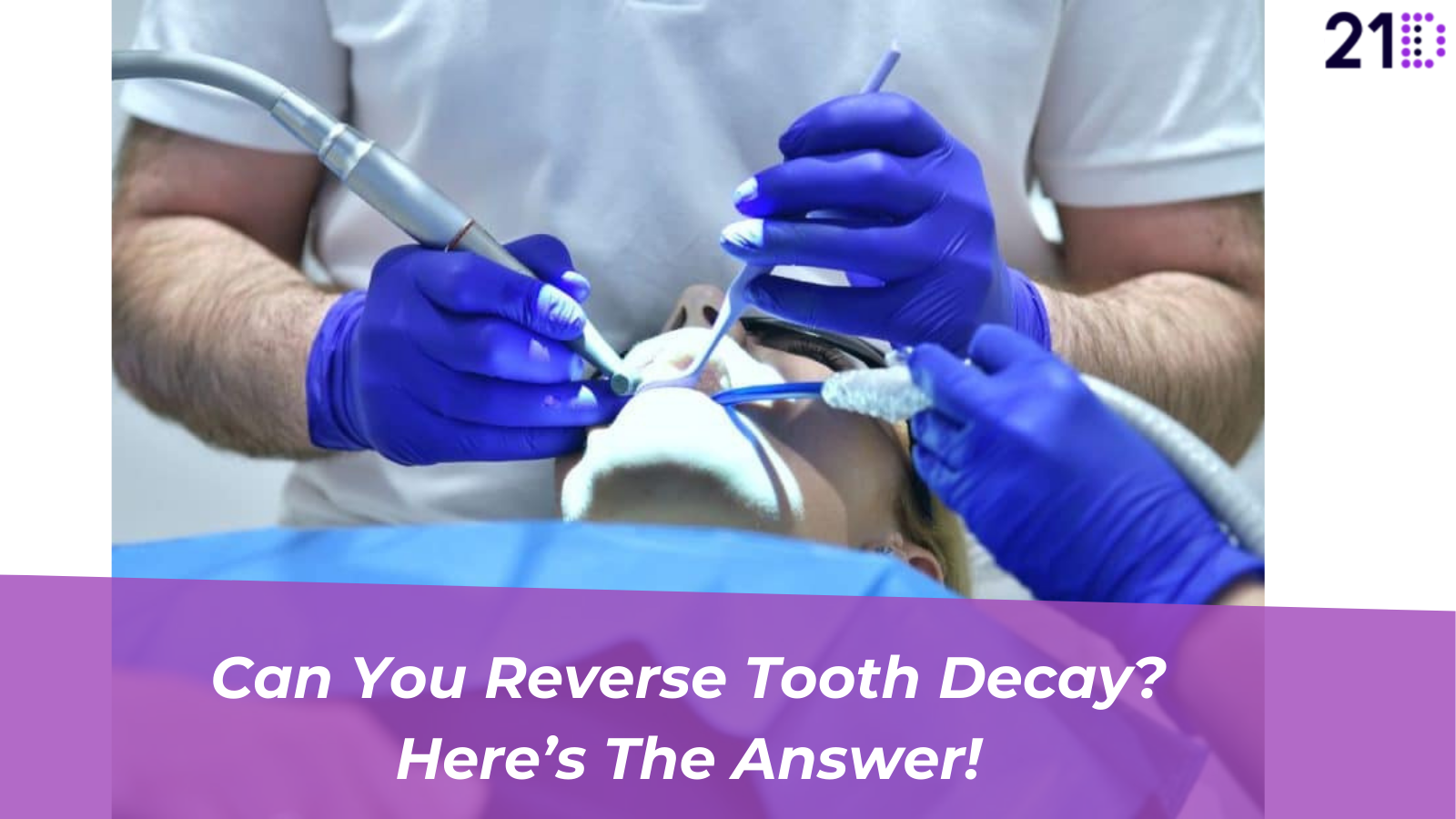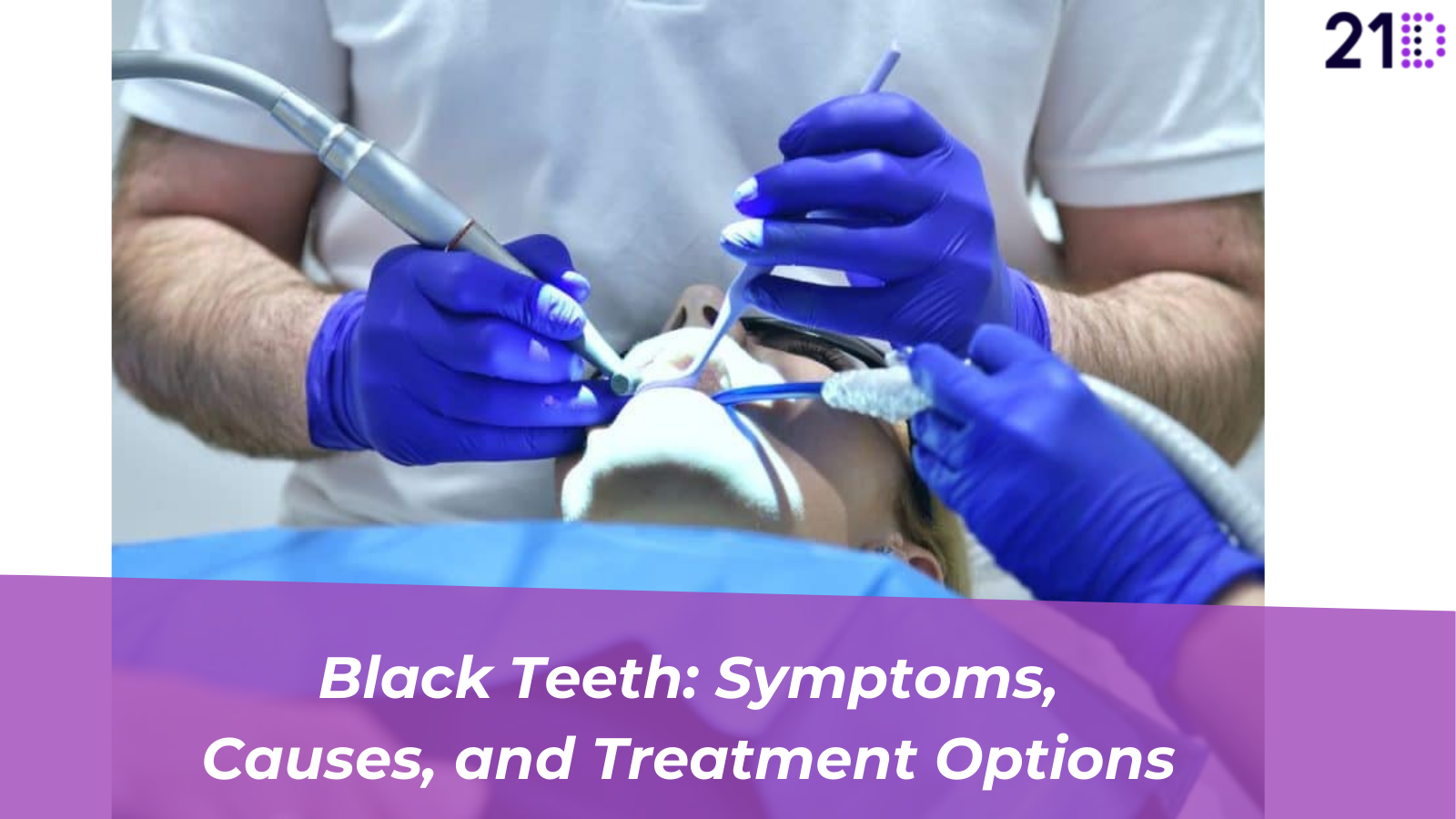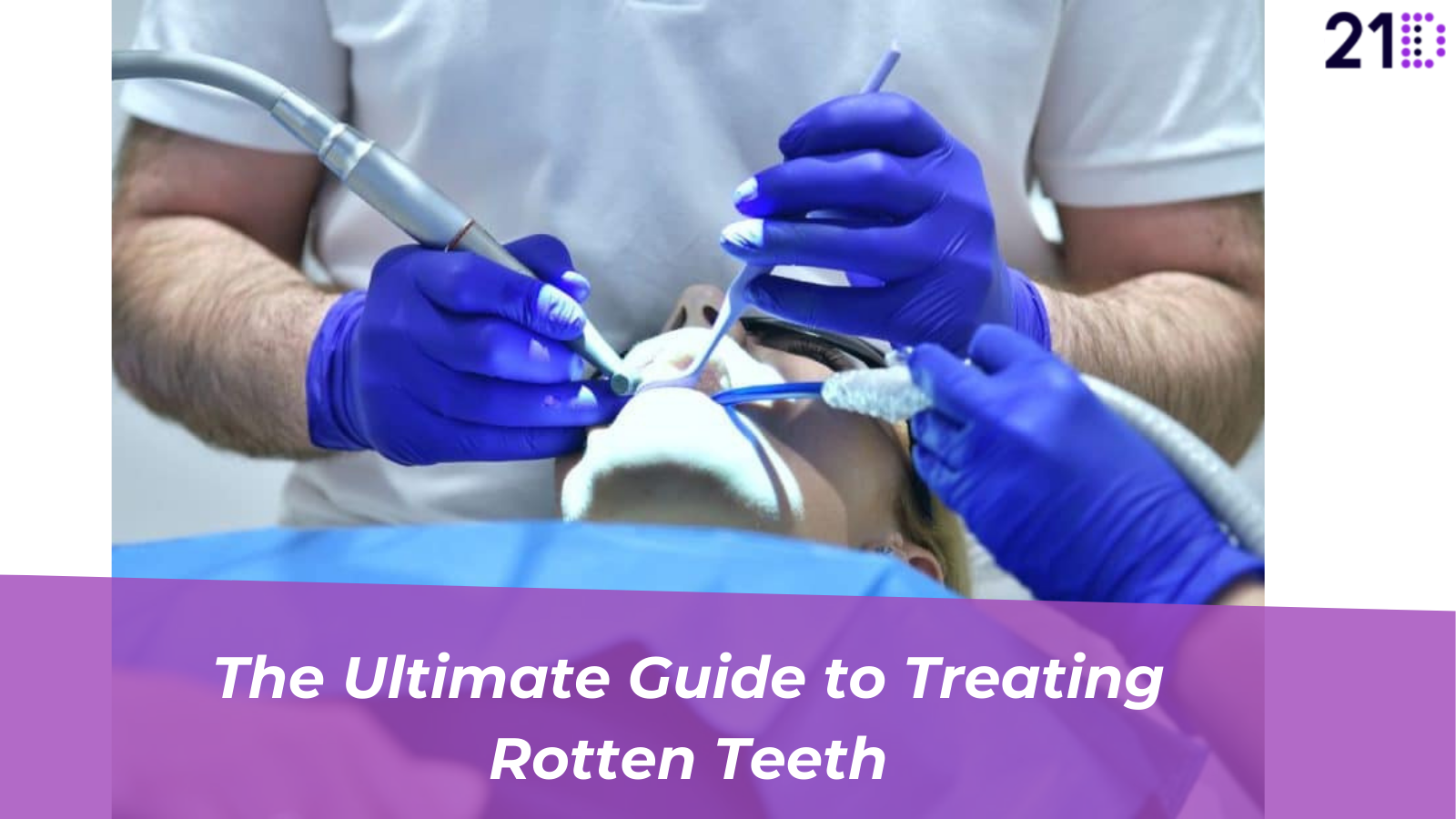So, you’ve just had a tooth extraction. Congratulations on taking care of your oral health! But now, you’re probably wondering what you can and can’t eat and drink during the healing process. One common question is: can I drink milk after tooth extraction?
The answer is more than a simple yes or no. While milk is a nutritious beverage, some factors must be considered before reaching for that glass. This guide will explore why milk might not be the best choice immediately after an extraction. It will also discuss the alternative options to keep you hydrated and provide clear, actionable advice on when it’s safe to reintroduce milk into your diet.
What Is Tooth Extraction?
Before you dive into the answer to the question, “Can you drink milk after tooth extraction?” it’s essential to understand the tooth extraction process first.
Tooth extraction is a dental procedure where a tooth is removed from its socket in the bone. This procedure is typically done when a tooth is damaged beyond repair, severely decayed, or causing problems for other teeth. It may also be necessary if there’s overcrowding in the mouth or to prepare for orthodontic treatment.
The dentist numbs the area with local anaesthesia during the extraction to minimise discomfort. Then, using special instruments, the dentist carefully loosens the tooth and removes it from the socket.
After extraction, the dentist may provide instructions for post-operative care to promote healing and prevent complications.
So, if you need a tooth extraction, book a free consultation with 21D today and get an expert’s opinion.
Why Is It Tooth Extraction Performed?
While dentists always strive to save your natural teeth, there are certain situations where tooth extraction becomes necessary. This procedure involves removing a tooth from its socket in the jawbone. It’s a standard dental procedure, but the decision to extract a tooth is never taken lightly.
Here are some of the most common reasons why tooth extraction might be recommended:
Severe Tooth Decay:
One of the most common reasons for tooth extraction is severe tooth decay. Extraction may be the only option when a tooth is affected by decay or cavities to the extent that it cannot be restored with fillings, crowns, or other dental treatments. Severe tooth decay can lead to pain, infection, and even tooth loss if left untreated.
Periodontal Disease:
Periodontal disease, also known as gum disease, is a severe condition that affects the gums and supporting structures of the teeth. In advanced stages of periodontal disease, the bone and tissues surrounding the tooth may become damaged, leading to looseness and mobility. In such cases, extraction may be necessary to prevent further damage and preserve oral health.
Tooth Infection:
When a tooth becomes infected due to bacterial invasion of the dental pulp (the innermost part of the tooth), a condition known as pulpitis, extraction may be required to remove the source of infection. This is often the case when a tooth infection is severe and cannot be effectively treated with root canal therapy or antibiotics.
Impacted Wisdom Teeth:
Wisdom teeth, also called third molars, are the last set to emerge in the mouth, typically during the late teenage years or early twenties. In many cases, wisdom teeth may not have enough space to erupt fully, leading to impaction. Impacted wisdom teeth can cause pain, swelling, infection, and damage to neighbouring teeth. Extraction of impacted wisdom teeth is often recommended to alleviate symptoms and prevent complications.
Crowding or Orthodontic Treatment:
Sometimes, tooth extraction may be performed as part of orthodontic treatment to address dental crowding or misalignment issues. By removing one or more teeth, orthodontists can create space and facilitate the proper alignment of the remaining teeth with braces or other orthodontic appliances.
Trauma or Injury:
Trauma or injury to a tooth, such as a fracture or severe damage, may necessitate extraction if the tooth cannot be effectively restored or repaired. Dentists may recommend extraction to prevent infection and restore oral function and aesthetics in cases of traumatic dental injuries.
Supernumerary Teeth:
Supernumerary teeth are extra teeth that may develop in addition to the usual complement of teeth. These extra teeth can cause crowding, misalignment, and other dental issues. In such cases, extraction of supernumerary teeth may be necessary to maintain proper oral health and alignment.
Preparing for Orthodontic Treatment:
In some orthodontic cases, tooth extraction may be part of the treatment plan to create space for proper teeth alignment. By strategically removing specific teeth, orthodontists can achieve optimal results and improve the overall function and appearance of the smile.
Now that you have gained significant knowledge about tooth extraction let’s study the answer to Can I drink milk after tooth extraction.
Why To Avoid Milk After Tooth Extraction?
After tooth extraction, following specific guidelines to promote proper healing and reduce the risk of complications is essential. While milk is generally considered a healthy beverage, there are several reasons why it’s best to avoid it following a tooth extraction. Here are some explanations: can you drink milk after tooth extraction?
Potential for Dislodging Blood Clot
One of the primary reasons to avoid milk after a tooth extraction is its potential to dislodge the blood clot that forms in the extraction site. After removing a tooth, a blood clot forms in the empty socket to protect the underlying bone and nerves and facilitate healing. Dislodging this blood clot prematurely can lead to a painful condition known as dry socket, where the bone is exposed and susceptible to infection.
Risk of Bacterial Contamination
Milk, especially if not pasteurised or handled correctly, can harbour bacteria that may increase the risk of infection at the extraction site. Keeping the extraction site clean and bacteria-free prevents complications such as infection and delayed healing. Consuming milk shortly after tooth extraction may introduce bacteria into the mouth, potentially leading to infection.
Potential for Discomfort
After a tooth extraction, the gums and surrounding tissues may be tender and sensitive. Consuming dairy products like milk, which can be cold, may cause discomfort or exacerbate pain at the extraction site. Lukewarm or room-temperature beverages can minimise discomfort and promote a smoother recovery process.
Interference with the Healing Process
Specific components in milk, such as lactose and casein proteins, may interfere with the body’s natural healing process after a tooth extraction. These components could disrupt the formation of new tissue and blood vessels, slowing the healing process. Avoiding milk immediately after the procedure allows the body to focus its energy on healing without any potential interference from dairy products.
Potential for Allergic Reactions
You may have allergies or sensitivities to components found in milk, such as lactose or milk proteins. Consuming milk after a tooth extraction could trigger allergic reactions, leading to discomfort, inflammation, or other adverse effects that may hinder the healing process. If you have known allergies to dairy products or sensitivities, you must avoid milk and opt for alternative beverages recommended by your dentist.
What To Consume After Tooth Extraction?
Having a tooth extracted can be an uncomfortable experience, and choosing the right foods and drinks during your recovery is crucial for a smooth healing process. Here’s a guide to help you navigate what to consume after your tooth extraction:
The First 24 Hours:
Immediately following your extraction, it’s best to avoid eating anything solid. Focus on clear liquids like water, broth, or diluted juices. These keep you hydrated and prevent dislodging the blood clot forming at the extraction site, which is essential for healing.
Days 2-3: Soft Foods are Your Friend:
As the initial discomfort subsides, you can gradually introduce soft foods that require minimal chewing. Here are some excellent options:
- Soups: Opt for blended soups like tomato, pumpkin, or cream of vegetable. You can add mashed potatoes or cooked pasta for extra sustenance.
- Mashed Potatoes are a classic choice, providing essential carbohydrates and being easy to swallow.
- Scrambled Eggs: Soft, scrambled eggs are a good source of protein and easy to digest.
- Yoghurt: Choose plain yoghurt or yoghurt with smooth fruit puree for added vitamins and probiotics.
- Applesauce: This provides vitamins, minerals, and hydration without requiring any chewing.
- Bananas: Ripe bananas are soft and easy to swallow, offering potassium and other essential nutrients.
Days 4-7: Gradually Introduce More Variety:
As your mouth heals and discomfort lessens, you can slowly incorporate a broader range of soft and easily chewable foods. These can include:
- Well-cooked pasta: Opt for softer varieties like macaroni or penne.
- Steamed or Boiled Vegetables: Choose soft vegetables like carrots, spinach, or green beans.
- Soft Fruits: Berries, melons, and other soft fruits are good options.
- Oatmeal: This provides fibre and essential nutrients, but ensure it’s well-cooked and soft.
- Mashed Sweet Potatoes: A good source of vitamins and minerals, offering a slightly different taste than regular mashed potatoes.
How Long Does It Take To Recover After Tooth Extraction?
Now that you’ve understood why consuming milk or dairy products can be harmful after a tooth extraction, a question will linger in the minds of the majority, i.e., “When can I drink milk after tooth extraction?” The answer lies in understanding the recovery process of tooth extraction.
The good news is that getting back to normal after a tooth extraction is a relatively quick process for most people.
Timeline Of The Recovery Process
Here’s a general idea of what to expect:
The First 1-2 Days:
You might experience discomfort and swelling. Your dentist will likely prescribe pain medication and provide specific instructions on caring for the extraction site. Following these instructions carefully is crucial to promote healing and prevent complications.
The Following 3-7 Days:
The discomfort should gradually subside, and you can resume your normal activities. However, sticking to soft foods and avoiding strenuous exercise is still recommended.
1-2 Weeks:
The socket where your tooth was extracted will start to close up. You may still experience some tenderness, but it should be significantly reduced.
Several Weeks to Months:
Complete bone and underlying tissue healing can take several weeks or even months. During this time, the socket will continue to fill in, and any remaining discomfort should disappear.
However, it’s important to remember everyone heals at their own pace. While this timeline provides a general guideline, your individual recovery time may vary depending on several factors, including:
- The Complexity Of The Extraction: Surgical extractions involving impacted teeth or multiple teeth removal typically take longer to heal than simple extractions.
- Your Overall Health: Underlying health conditions can affect healing.
- Following Post-Operative Instructions: Carefully following your dentist’s instructions regarding pain medication, wound care, and dietary restrictions is crucial for optimal healing.
Why Get Your Tooth Extracted From 21D?
Selecting a dental clinic for your tooth extraction is as essential as asking the right questions, such as When can I drink milk after tooth extraction?”
We at 21D ensure that our patient gets definitive answers to all their queries. Our dental experts try to reduce a tooth extraction’s healing time by giving valuable advice. Moreover, here are some other benefits which you can enjoy if you select 21D:
- Industry Experts: We at 21D have built a team of expert surgical clinicians. They have vast experience in the field of tooth extraction and dental implants.
- Pocket Friendly: At 21D, we ensure that our bill amount fits into the pockets of the masses. We also offer finance options for people looking to have dental implant surgeries.
- Modern Technology: Our clinic is equipped with modern-day technical equipment. We believe that our patients should get their smiles back in a day.
So next time you search for a dental clinic to extract your tooth, book a free consultation with 21D.
Conclusion
While milk offers essential nutrients, avoiding it after a tooth extraction is generally best. Opt for water instead, as it promotes healing and keeps the extraction site clean. Remember, this is a general guideline, and your dentist’s specific advice always takes precedence. If you have concerns about what to drink or when can you drink milk after tooth extraction, contact your dental professional for personalised guidance.
FAQs
When Can I Drink Milk After Tooth Extraction?
Generally, it’s safe to reintroduce milk after 24-48 hours unless your dentist advises otherwise. Prioritise gentle sipping and avoid using straws that could dislodge the clot.
What Other Dietary Precautions Should I Take After Extraction?
Focus on soft, easily chewable foods like mashed potatoes, applesauce, and yoghurt (if approved). Avoid hot, spicy, acidic, and crunchy foods that can irritate the extraction site. Remember to maintain good oral hygiene by gently rinsing your mouth with salt water.
Are There Any Exceptions To Avoiding Milk After Extraction?
Discuss alternatives with your dentist, like lactose-free options or calcium supplements if you have specific dietary needs or concerns.




